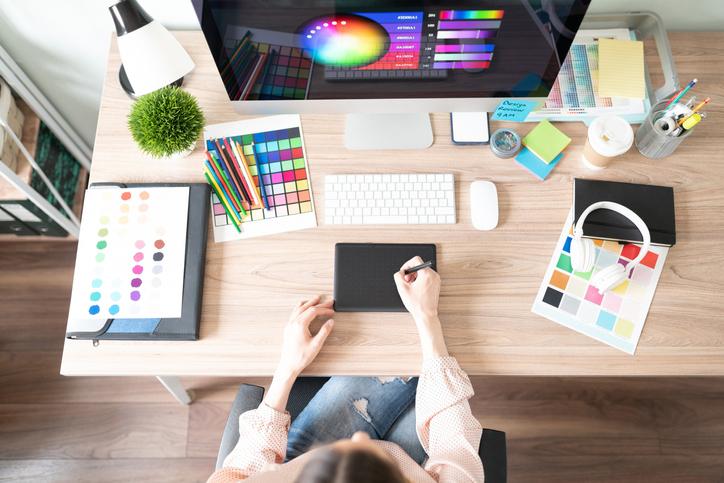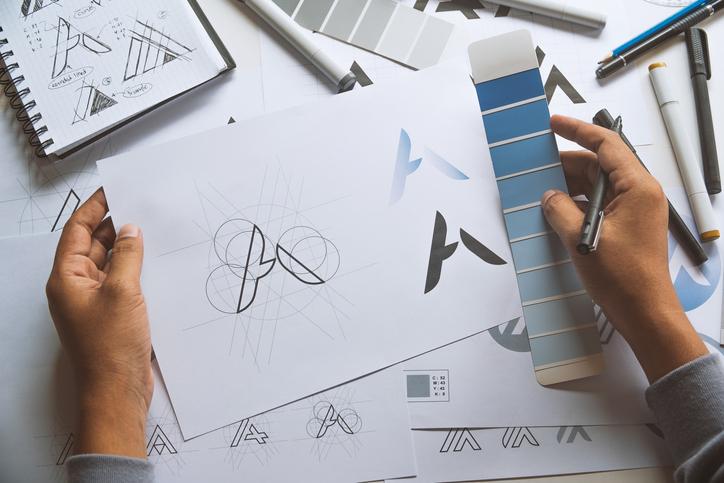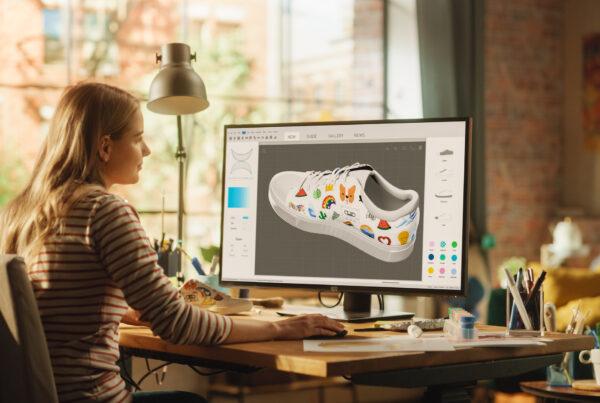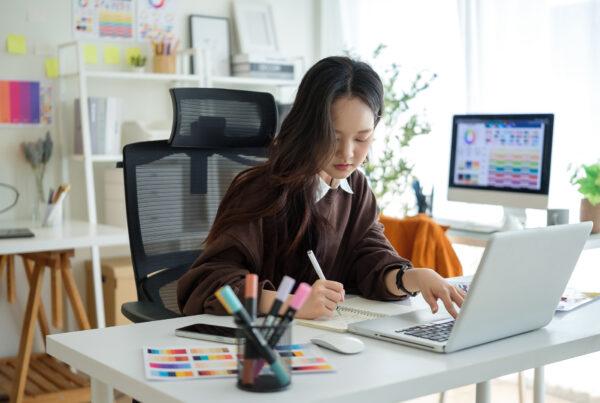For graduates with a graphic design diploma the possibilities for new and exciting creations are endless, and the year 2022 is proving to be exceptionally interesting. Today, trends in graphic design are marked by a rupture in traditional constraints, using the latest technology for both new designs and the revitalization of old trends.
If you’re looking for a career where your artistic expression can become lucrative, pursuing a graphic design specialization could be the perfect avenue. With training at the Academy of Learning Alberta, you’ll be equipped to pursue a number of different career paths in the field, gaining hands-on experience in many different types of design projects and building skills in key software platforms.
The moment when you know what to expect from current graphic design trends, you’ll be prepared to enter the industry with an eye for what’s in demand. Below, learn more about five graphic design trends dominating the field.
Train online or on-campus for a job that pays more and means more.
Considering a career change?
1. Creative Lettering and Typography
Graphic design professionals are increasingly pushing the limits of experimentation with all things typography. This includes abstract, mismatched lettering, creating new fonts, integrating shapes or drawings into text and other methods that catch the viewer’s attention. This experimental take on typography has been used frequently in the case of kinetic typography, where moving letters create a surprising result. After earning your graphic design diploma, you can incorporate this trend by playing around with different fonts or even creating your own font! This is a great way to make certain messages stand out and encapsulate a brand’s vision with a certain font.

Experimental typography is a new trend used by pros with a graphic design diploma
2. The Use of 2D and 3D Together
While 3D design had a firm grip on the graphic design industry in 2020 and 2021, in 2022, 2D illustration is returning, this time in combination with 3D graphics. Often, this trend is presented as a 2D illustration or paper cut out, with a 3D character or graphic interacting with the 2D elements. This trend can be utilized in web design, app design, typography, and is also popular in design animation. Allowing graphic design professionals to get creative in combining different visual elements is a trend that we’re likely to see evolve in the future.
3. Psychedelic and Holographic Design
Distortion and multidimensional design is a mainstay in 2022, and during your graphic design career, you’re likely to encounter many designs which incorporate psychedelic and holographic elements. Psychedelic visuals are common in the aesthetic vision of many new brands, and more professionals are playing with melting shapes, bright and unusual colours and chaotic visuals. This is often accompanied by holographic, where diffraction of lighting and a mix of different highlights is used to illuminate new logos, websites and applications.
4. A Return to the 90s and 2000s
Retro is in, and there’s no better reflection of this sentiment than in graphic design. The 90s and early 2000s are experiencing a revival, leading brands to capitalize on the nostalgia and adopt typography, colours and patterns that remind us of the past. These decades have been brought back with more retro graphics, bright, iridescent colours, low poly CGI, and old-school internet frames. Offering a contrast to the sleek, futuristic interfaces we see a lot of today, this return to the past will leave a mark on the graphic design field.
5. Complex Geometric Patterning
While completing your graphic designer course at the AOLCC Alberta, you’ll learn how to utilize Adobe Photoshop, Illustrator and InDesign to create patterns and geometric structures to incorporate within designs. In 2022, this will prove a useful skill, as parametric patterns and abstract patterning are trending in graphic design visuals. These patterns are created using basic shapes, making designs more complex and providing a new level of intricacy and interest. Often seen in the background of websites and other layouts, you’ll see more geometric, abstract and parametric patterns in the designs of the future.






